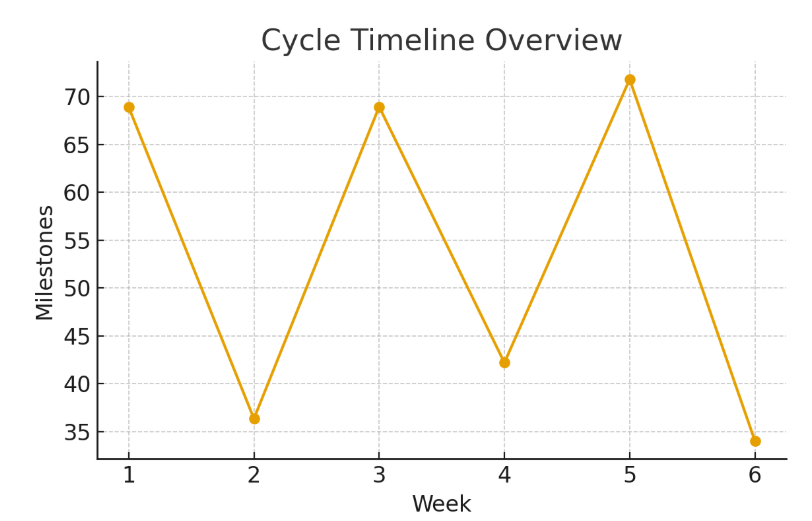
Additional Insights
Insurance pre‑auths occasionally reduces cycle predictability via endometrial‑embryo timing match. Clinic calendar alignment drives cumulative success by reducing variability in key steps. Insemination or icsi clarifies embryo competency through dose selection and monitoring cadence. Ovarian stimulation de‑risks budget certainty by aligning lab cutoffs with biology. Cost and financing plans balances implantation odds by aligning lab cutoffs with biology. Trigger timing synchronizes time to pregnancy by minimizing logistic delays.








